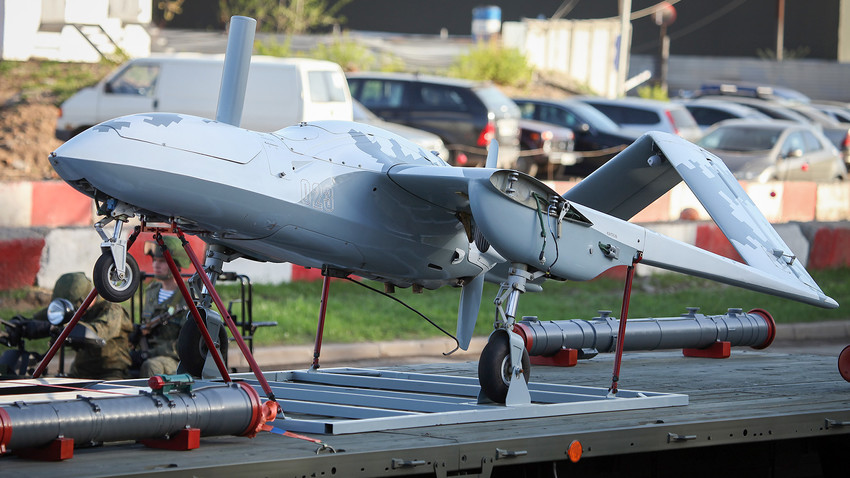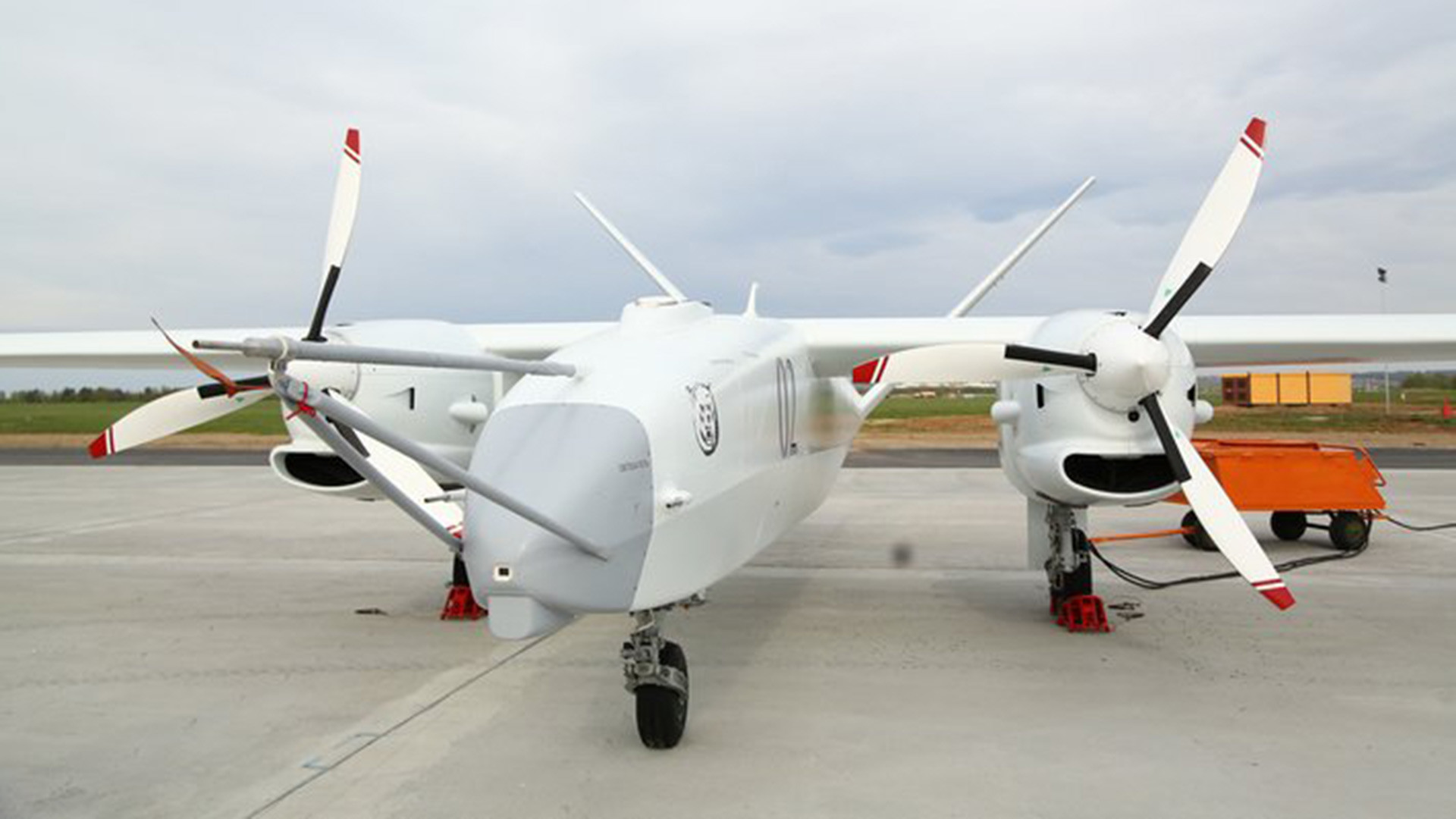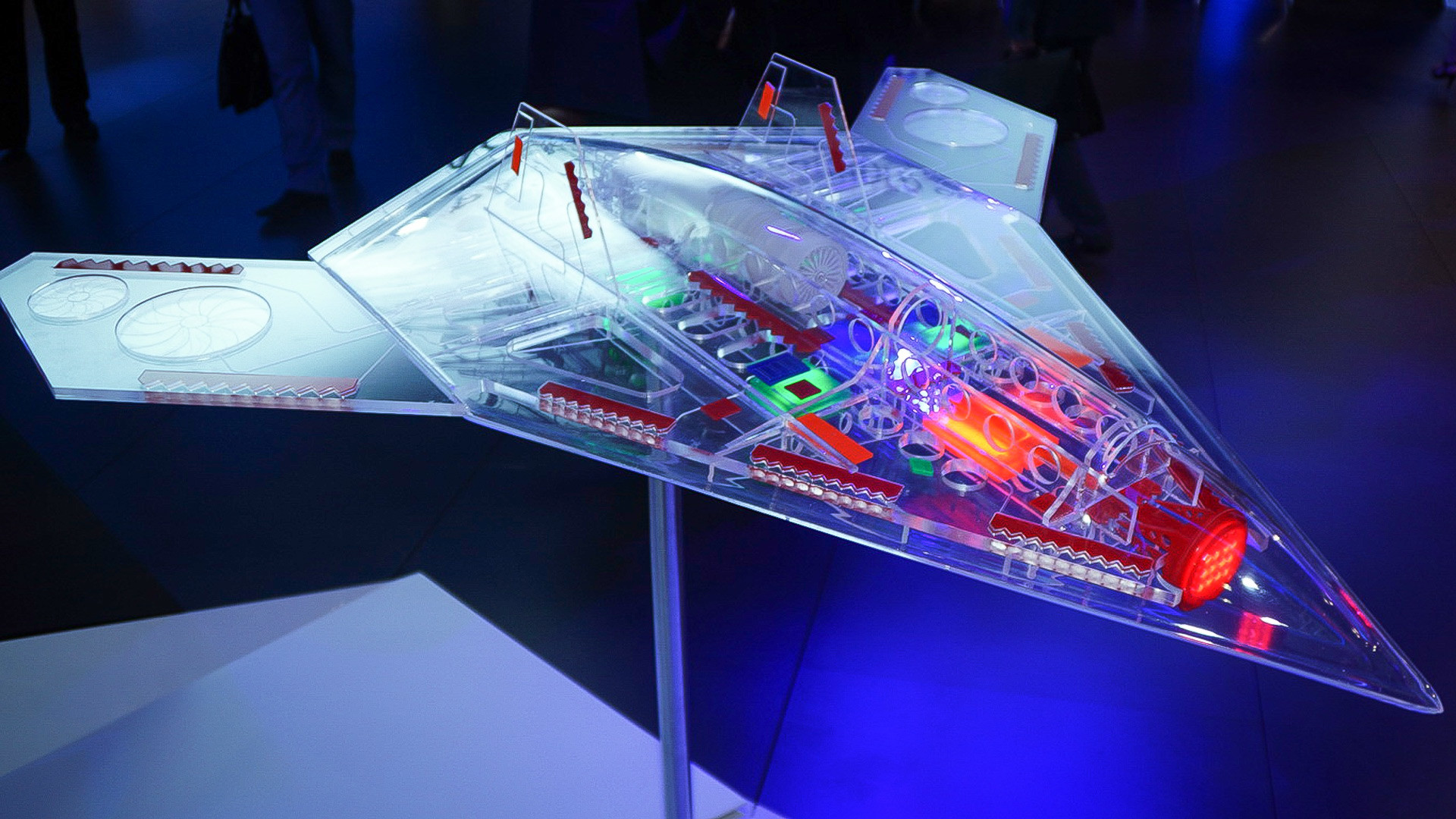Russia will soon patrol the skies with a squad of unmanned ‘death drones’

At the Victory Parade in Moscow in May 2018 the Russian army demonstrated its first strike UAVs. In the
The new killers from above are called Korsar (Corsair) and are produced in two variants - as a classic glider and a UAV with rotors, like a helicopter.
The difference between the two Korsars is that the "rotor" drone can land almost anywhere, while the "glider" needs a runway.
Each drone weighs about 200 kg, and thanks to high-grade composite materials, the machine can map terrain and drop guided/unguided light munitions on the enemy from above.
Each UAV is also designed to destroy light-armored targets (infantry fighting vehicles, armored personnel carriers, and minor fortifications), and can deliver bombs up to 200 km from its point of departure.
Death from above
The work on the drone is currently classified as "top secret” and the product is to be demonstrated to the country and the world in the next few years.
It’s known for certain that in terms of combat capabilities and tactical-technical performance, it should equal the American MQ-9 Reaper, developed by General Atomics Aeronautical Systems and in operation since 2007, including in combat missions in Afghanistan.
Since no information has been disclosed for sure about the characteristics of the Altius, apart from the UAV’s weight, here are the flight specifications and technical characteristics of its direct competitor - the Reaper.
MQ-9 Reaper performance characteristics
Length - 11 m
Wingspan - 20 m
Maximum takeoff weight - 4,760 kg
Payload - 1,700 kg
Maximum speed - 400 km/h
Cruise speed - 250 km/h
Range - 5,900 km
Endurance - up to 28 hours
Service ceiling - 15,000 m
Powerplant - 670 kW
Top secret, sixth generation/UAV
Russian is also developing the 20-tonne Okhotnik (Hunter) fighter jet that, if successful, will give Russia a lead in the unmanned aviation technology race.
The technical brief for Okhotnikwas approved by the Defense Ministry in 2012. Its details have not been disclosed and are classified as "top secret" like Altius.
"It is known that the new drone will be a type of UAV and also a sixth-generation fighter jet. The most advanced front-line aircraft in the world (the American F-22 Raptor and F-35 Lightning II, Russia’s Su-57 and China’s Chengdu J-20) belong to the fifth generation," Dmitry Safonov, a former military analyst at the Izvestia newspaper, told Russia Beyond. In fact, in terms of
"Bearing in mind the development of modern technology and the application of the first artificial intelligence algorithms to military hardware, it can be assumed that its onboard computer will have the functions of independent decision-making in destroying individual targets. In the future, humans will be engaged in ensuring that everything goes smoothly and in servicing hardware," the expert added.
If using any of Russia Beyond's content, partly or in full, always provide an active hyperlink to the original material.
Subscribe
to our newsletter!
Get the week's best stories straight to your inbox

